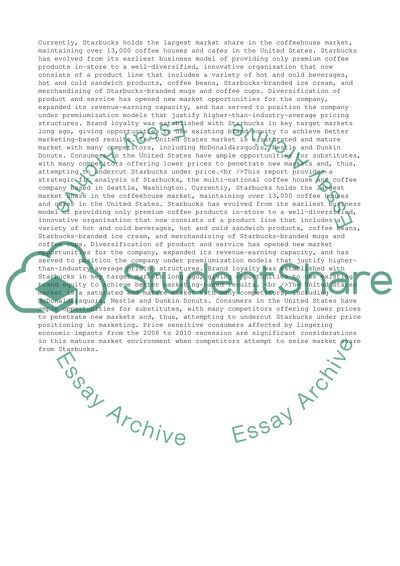Cite this document
(“Strategic Analysis: STARBUCKS Essay Example | Topics and Well Written Essays - 3000 words”, n.d.)
Retrieved from https://studentshare.org/business/1402752-strategic-analysis-starbucks
Retrieved from https://studentshare.org/business/1402752-strategic-analysis-starbucks
(Strategic Analysis: STARBUCKS Essay Example | Topics and Well Written Essays - 3000 Words)
https://studentshare.org/business/1402752-strategic-analysis-starbucks.
https://studentshare.org/business/1402752-strategic-analysis-starbucks.
“Strategic Analysis: STARBUCKS Essay Example | Topics and Well Written Essays - 3000 Words”, n.d. https://studentshare.org/business/1402752-strategic-analysis-starbucks.


